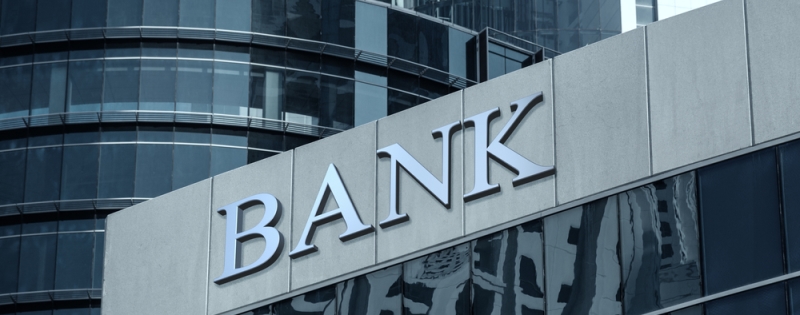Distress hit a new record for the third consecutive month according to a new report from CRED iQ. It was up 14 basis points in May and reached 8.49%.
“The CRED iQ team evaluated payment statuses reported for each loan, along with special servicing status as part of our monthly distress update,” they wrote. “CRED iQ’s special servicing rate now stands at 8.09% and the CRED iQ delinquency rate is at 5.8% for this month.”
The delinquency rating includes “all CMBS properties that are securitized in conduits and single-borrower large loan deal types” but not Freddie Mac, Fannie Mae, Ginnie Mae, and CRE CLO loan metrics, which are treated in separate analyses.
CRED iQ calculates distress levels by looking at both delinquency and specially serviced rates.
“The index includes any loan with a payment status of 30+ days or worse, any loan actively with the special servicer, and includes non-performing and performing loans that have failed to pay off at maturity,” they write.
Most property types are flashing red as distressed rates run from 7.1% in multifamily (improved by 10 basis points month over month), 11.1% in office (better by 60 basis points), 11.3% in retail (better by 60 basis points), and 9.4% in hotel (worse by 70 basis points). Industrial was at 0.5% (10 basis points worse) and self-storage, 0.1% (flat).
This being about CMBS, one single event can have an outsized effect on the whole picture.
“One example of a recent hotel default includes the Grand Wailea hotel, which is backed by a $510.5 million loan with an additional $289.5 million in mezzanine debt,” they wrote. “This was the primary driver of the increased distressed rates in hotels this month. The loan fell delinquent (performing matured) as it failed to pay off at its May 2024 maturity date. Commentary indicates there are five, one-year maturity extension options. The 776-room, oceanfront, luxury resort is located on the south shore of Wailea, Maui. The asset was performing with a below breakeven DSCR of 0.93 and 49.9% occupancy as of year-end 2023.”
Of the loans, 24.4% are currently, 2.0% are late but in the grace period, and 5.5% are late but less than 30 days.
Source: GlobeSt.






